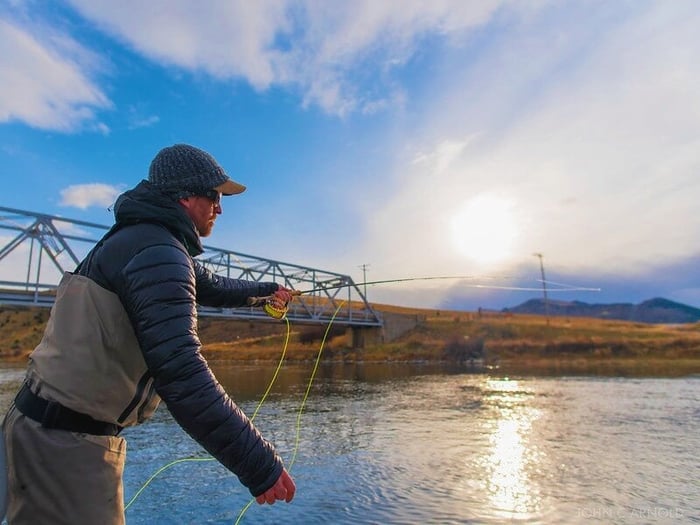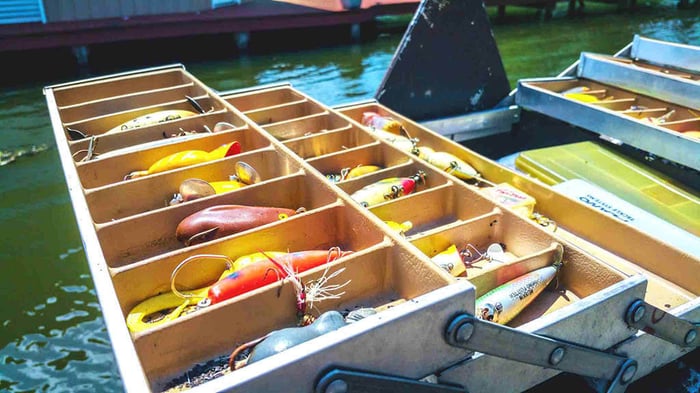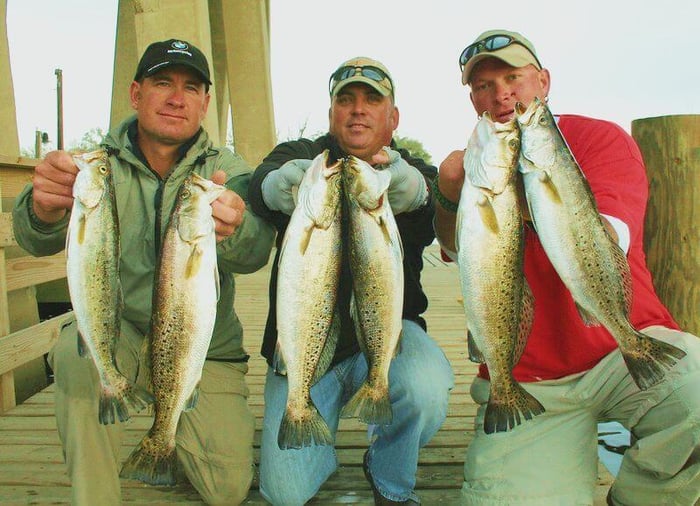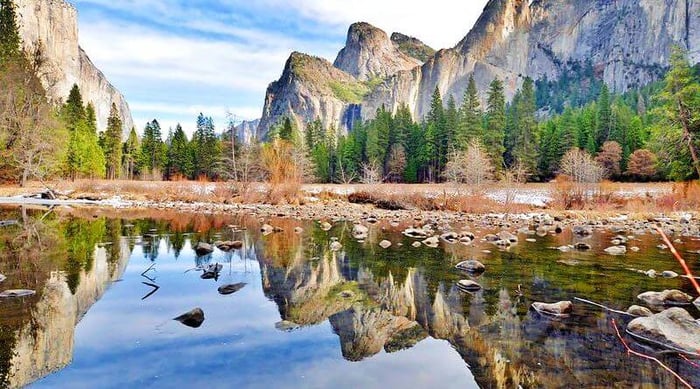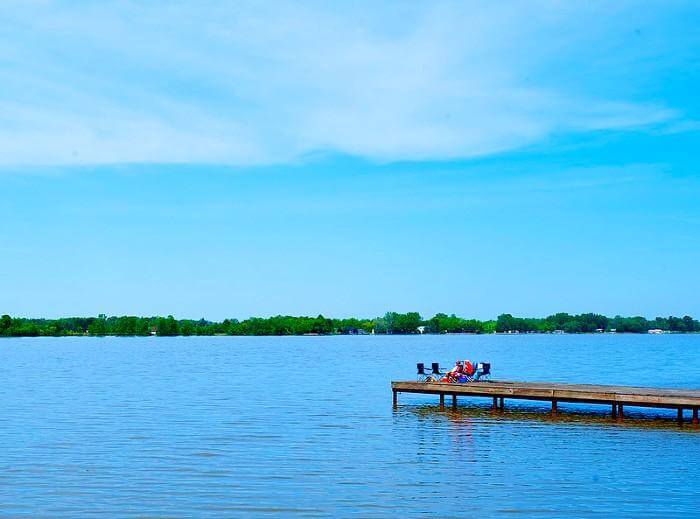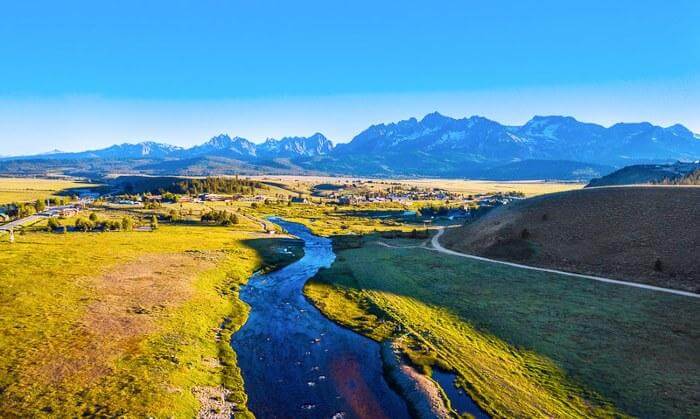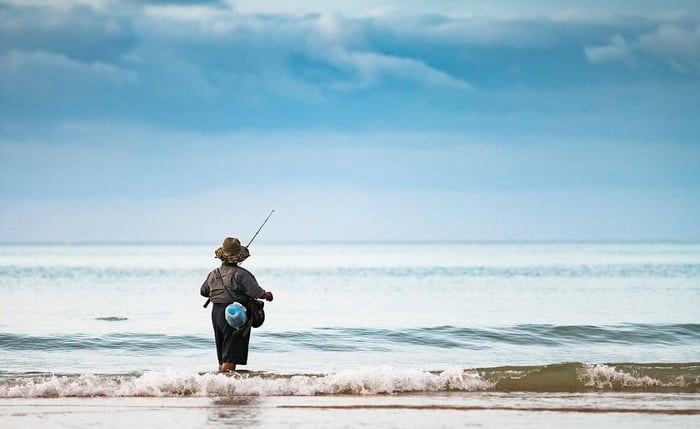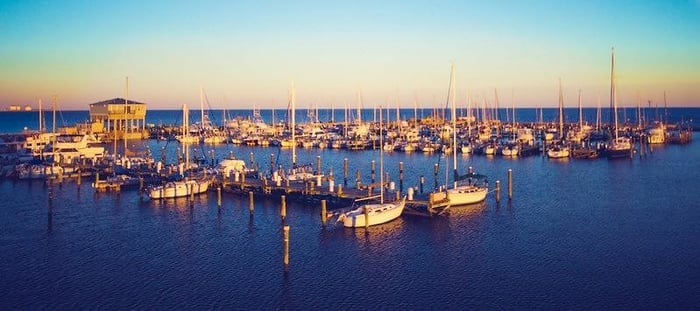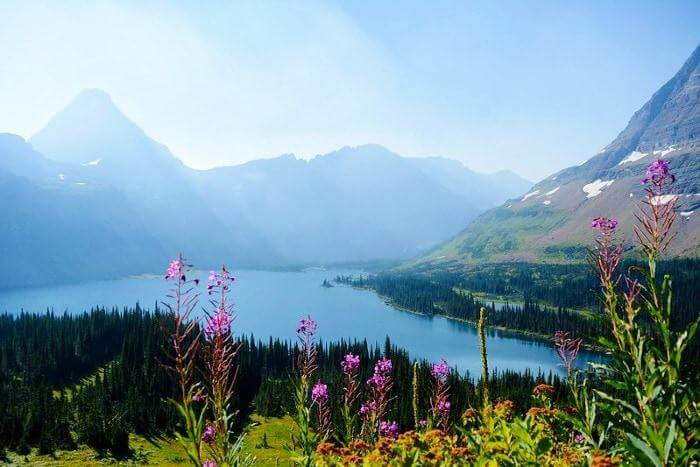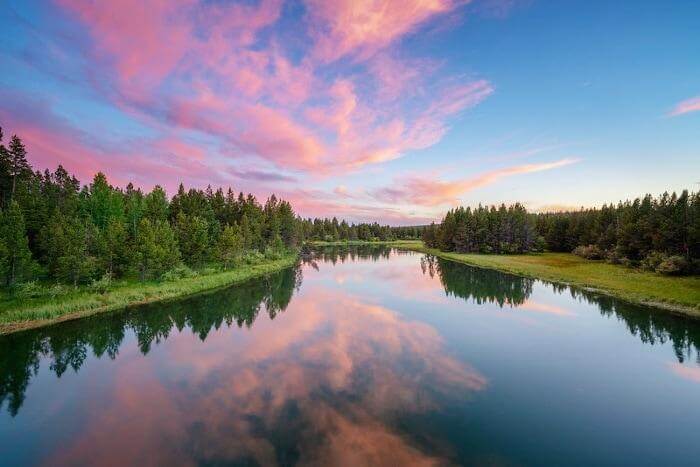People are drawn to outdoor activities not just for socialization and fun, but also for the physical and mental health benefits they provide. Fishing is one of the most popular outdoor activities. In 2012 alone, over 47 million people enjoyed fly fishing, freshwater fishing, saltwater fishing, and other fishing activities. Yet, aside from getting your large bass off the hook, the endless streak of the sun is very much inevitable.
If fishing is the name of your game, the dock is not your place to stay. The entirety and depth of the water is your ground, all the more perfect with the presence of the sun. This is why sun protection is a must in fishing. You won't like the stinging sensation of a sunburn. So, read further below to discover the things needed to avoid sunburn and the worst that can happen if you don't protect yourself. However, first, get informed about why excessive sun exposure is dangerous and, in some cases, fatal.
Too Much Sun Exposure
Exposure to sunlight has significant effects on our well-being. One of these is the Vitamin D produced in response to UV rays, which plays a significant role in bone health. Other nutrients you can get target your blood cells and immune system. But small doses of sunlight only. Too much sun exposure is not healthy for our skin. Most of the wrinkles and age spots on our faces are caused by sun exposure. The worst case is that it can lead to severe skin conditions and skin cancer. 
Skin Cancer
Sunburns may be seen as just a minor irritation. However, the reality is that it shouldn't be taken for granted. Multiple studies in the UK showed that getting a sunburn once every two years alone can significantly increase your chance of getting melanoma skin cancer.
Getting a sunburn implies that the DNA in your skin cells has been damaged by excessive exposure to ultraviolet (UV) radiation. Bright A-beams (UVA) may not contribute significantly to sunburns from the sun, unlike Ultraviolet B-beams (UVB), yet they penetrate deeper into the skin to cause aging. The two types of UV beams can cause skin cancer growth, and the sun distributes them evenly. The third type, UVC, is more deadly; yet, we can thank the ozone layer for protecting us from it for now.
In a study in Maryland, anglers who spent a significant amount of time in the water had a 2.5 times higher chance of developing squamous cell carcinoma than those who spent less time in the sun.
The Skin Cancer Society considers skin cancer to be the most common cancer around the world. Right around 10,000 Americans are diagnosed with this illness consistently. 1 out of 5 Americans is perceived to develop skin cancer by the age of 70. It is an alarming statistic. The truth is that it is greater than the sum of all the other cancers in the country. Additionally, the estimated annual costs for treatment are $8.1 billion.
Avoid Sunburn While Fishing
You now have basic information about how critical it is to be exposed to the sun longer; the possibility of sunburns is very likely, and you are increasing your chances of skin cancer. As a die-hard angler, no largemouth bass is worth risking skin cancer. So while everything is still in control and fishing season is at its peak, avoid sunburn while fishing at all costs! But, before anything else….
Know your UPFs
The Ultraviolet Protection Factor (UPF) is a standard for measuring the amount of UV radiation that penetrates clothing/ fabric. On the other hand, Sun Protection Factor (SPF) is a time measure of how well your sunscreen protects against UVB.
A fabric or clothing with a UPF 50+ rating gives superb protection from UVA and UVB radiation as it blocks 98% of the sun's rays. With just 2% UV penetration, your exposure risk is incredibly lowered.
An SPF 30 sunscreen will protect your UV-exposed skin for approximately 10 hours when used correctly. In any case, note that UVB power and frequency spread vary by day and location, so it is practical to reapply regularly.
9 out of 10 skin cancer cases might have been prevented by smart solutions, such as applying sunscreen with at least SPF 15 and a four- or five-star rating, wearing the proper attire (sunglasses, a loose, long-sleeved UPF 30-50 top, and a hat), and avoiding the sun. However, as a fishing junkie, avoiding the sun would be a severe stunt to pull, so getting the right stuff is also important.
Protection from the sun is for everybody. That is why these protective agents should be considered when choosing gear or clothing to enjoy the outdoors safely.
How Not to Get Sunburn While Fishing
Having your fishing gear ready is not enough. You should have a mental and physical check of yourself before heading into a battle under the streaking sun. After all, you are the captain of your body, no matter how high-quality your gears are.
And indeed, keeping yourself safe from the possible risk of longer sun exposure is highly important. You might be used to burnt arms, legs, and the back of the neck, but skin cancer is your hated enemy if fishing is all you do. 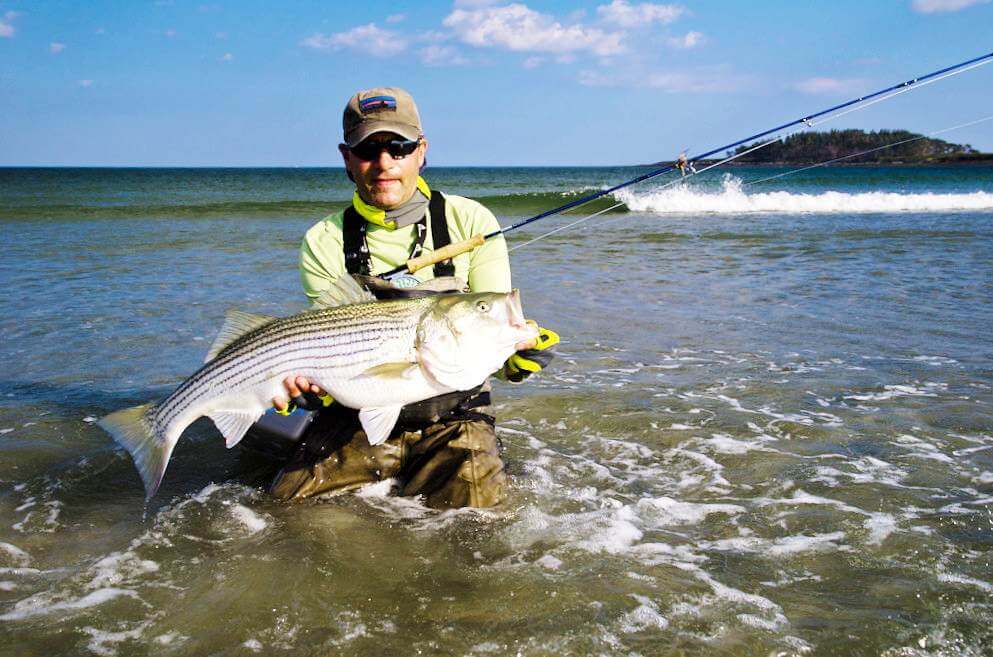
Wear the right hat.
Wear a wide-brimmed hat, and it keeps the sun off your neck and ears.
Wear a long-sleeved shirt.
It's the simplest way to keep the sun off your arms, and many alternatives are indeed cool. Choose dark or bright-colored clothes because they keep UV rays away by absorbing them rather than allowing them to penetrate the garment.
Fold up your collar.
Toward the day's end, when the sun is low, your neck can get burned. Fold your collar up for additional protection.
Button up your shirt.
That little pink "V" mark on your chest isn't cool – it's a burn from the sun, so you must button up your shirt.
Wear pants.
Again, there are numerous lightweight options. If you're wading in a great deal, the sunscreen will get washed off your calves, and with pants, you don't have to worry about it.
Keep your socks on in the boat.
It would be helpful if you didn't cast from the boat's bow while wearing flat boots, as you won't be able to feel the line under your feet. However, the soles of your feet, the highest points of your feet, can get burned. With socks on, you can feel your fly line, yet your feet are undoubtedly protected.
Wear sun sleeves.
If you genuinely lean toward casual shirts or short-sleeved shirts, sun sleeves are the perfect choice to protect your lower arms.
Wear a Buff.
You can say all flat guides use a buff, and it's just a simple, adaptable approach to keep the sun off your head and face. Many brands in the market work great.
Apply good sunscreen.
Since you're using the effort to lather it on, be sure it's the high-quality one. Sunscreen should be applied to clean, dry skin 30 minutes before exposure to the sun, allowing time for proper absorption.
Reapply sunscreen.
No sunscreen lasts the entire day. Reapply when you're out on the water. Do it religiously every two hours. More often, if you are swimming or sweating.
Stay in the shade.
Stay in the shade as much as possible, and it could be that time at the boat dock or the bar porch. Any place there's shade, stand in it. You can also cool your heels under a tree or any cover that gives enough shade.
Wear sun gloves.
They may be uncomfortable at first, but you'll get used to them. These can keep the sun off one of the most vulnerable parts of your body.
Wear UV-filtering sunglasses.
Your eyes need insurance as well. UV rays affect the eyes and the skin surrounding them. Sun exposure may lead to cataracts, eyelid cancer, and even macular degeneration or blindness.
Use lip protection.
A cracked bottom lip is unpleasant. Always keep in mind the importance of protecting your lips.
Sun protection begins at the top by wearing a perfect sun hat or fishing hat with a three-inch brim and a UPF 50+ rating. This will conceal the face, scalp, neck, shoulders, and upper back, and each of them has barely noticeable spots, such as the top points of the ears and nape.
Basal and squamous cell carcinomas account for approximately 90% of all skin cancers and predominantly occur on the head and neck. Staying hydrated also plays an important role. As a general guideline, drink eight 8-ounce glasses of water a day. Some health experts suggest that you should sip water throughout the day, even when you're not thirsty.
Reel In With No Worries!
Another practical and efficient way to avoid getting sunburn is to rethink your hours. Time can go rapidly while you're looking for a bite. You probably won't see your shadow getting shorter as the sun is blazing overhead, yet that is a risky sign. You're more secure outside the long periods of 10 a.m. and 2 p.m. Fishing first thing in the morning or around dinnertime implies the sun will be at a greater angle to you.
The UV rays need to travel through a greater amount of the Earth's atmosphere to reach you, blocking a portion of the danger. Fortunately, experts say that fish will presumably be more active at those times as well. Nothing beats the fun in the sun if you are completely protected.
The ways to avoid extreme sunburn and long-term problems, such as skin cancer, are straightforward. It all boils down to simplifying your outdoor routine, cutting down on unnecessary items, and protecting yourself from the sun's rays, which will allow you to perform at your best on the hottest of days. Having the right protective mindset, along with the right gear, will help you sustain your love for fishing.
